
In this lesson, students will continue to work on their projects in collaborative groups, preparing to present their group's work in the next lesson.
- Subject:
- English Language Arts
- Material Type:
- Lesson Plan
- Date Added:
- 09/21/2015

In this lesson, students will continue to work on their projects in collaborative groups, preparing to present their group's work in the next lesson.
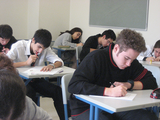
In this lesson, students will spend some time planning their individual essay. Then they will continue working on the group project exploring other American short story writers and their time periods.
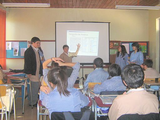
In this lesson, students will submit their essays and Independent Reading Journals and present their ideas to the class. They will also write about what they have learned.

In this lesson, students will reflect on the project presentations, read two more short stories, and complete Dialectical Journal entries for each.
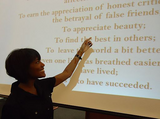
In this lesson, students will present their projects to the class. They will reflect on their own project and those of the other groups in the class.
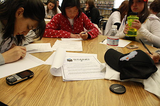
In this lesson, students will work in small writing groups to improve their literary analysis essay.

In this lesson, students will work on their literary analysis paper, focusing on the thesis. They will also spend time on their group research project.

In this lesson, students will define terms related to plot and will “map” the plots of familiar stories. Using “The Tell-Tale Heart” again, they will discuss how writers build and develop plot in their stories.

In this lesson, students will be introduced to Edgar Allan Poe's theory on the “single effect” of the short story. They will read a passage from Poe as well as his short story “The Tell-Tale Heart.”

In this lesson, students will focus on the use of point of view in the short story. They will re-examine first-person narration in “The Tell-Tale Heart” and also consider third-person narration in Kate Chopin's “Regret.”

In this lesson, students will begin to learn about the American short story. They will have an opportunity to practice close reading, and they'll explore the qualities of the short story genre through Quick Writes and discussion.

In this lesson, students will examine Cheever's use of symbol and motif in his story. They will also expand their ideas through writing and share their understanding of the story.

In this lesson, students will revisit the American Dream in Unit 1. In pairs, they will find images and slogans to use as the basis for a collage that represents their view of the American Dream.
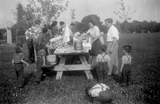
In this lesson, students will begin the short story “The Swimmer.” As an introduction to the story, they will also read the myth “Echo and Narcissus,” considering Narcissus as a way to view the protagonist of “The Swimmer.”
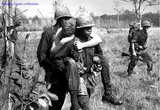
In this lesson, students will discuss the rest of “The Things They Carried.” They will also complete a Dialectical Journal entry and share it with the class.

In this lesson, students will explore some elements of grammar in a paragraph from “The Things They Carried.”
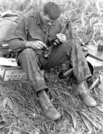
In the final lesson in this episode, and as a warm-up for the final essay and project, students will discuss the organization of the student sample essay “The Search for Knowledge.”
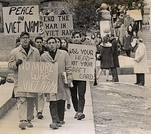
In this lesson, students will continue to read, annotate, write about, and discuss “The Things They Carried.”

In this lesson, students will discuss the rest of “The Things They Carried.” They will also complete a Dialectical Journal entry and share it with the class.
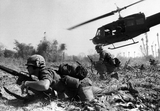
In this lesson, students will begin reading, writing about, and discussing the short story “The Things They Carried.”